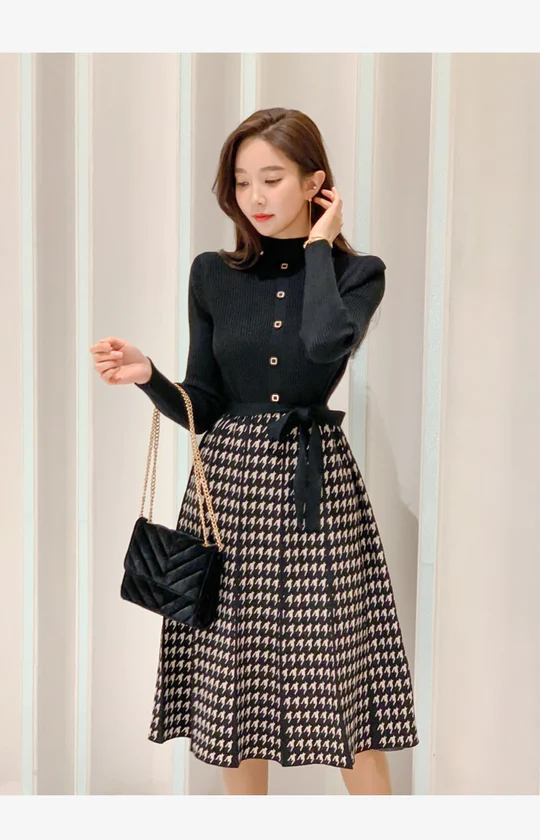In recent years, Dark Academia has emerged as a captivating cultural and intellectual movement that intertwines vintage charm with a thirst for knowledge and a deep appreciation for the melancholic beauty of life. As a subculture, it resonates with those who romanticize classical literature, ancient architecture, candle-lit libraries, and rainy days spent immersed in philosophical musings. The Dark Academia aesthetic has permeated fashion, lifestyle, education, and even online communities, drawing in countless admirers who find solace in its quiet, intellectual rebellion. But to truly understand what makes Dark Academia more than just an aesthetic, we must look beyond surface-level visuals and explore its deeper roots in literature, classical education, and introspective thought.
The Intellectual Backbone of Dark Academia
At its core, Dark Academia celebrates the pursuit of knowledge for knowledge’s sake. It harks back to the days of classical education, where Latin phrases, ancient Greek philosophy, and the works of authors like Oscar Wilde, Virginia Woolf, and Lord Byron were central to one’s intellectual growth. Enthusiasts of this subculture often find themselves immersed in literature that explores existential questions, morality, mortality, and human emotion. This yearning for intellectual depth is what sets Dark Academia apart from other aesthetic movements. It is not about glamorizing sadness but rather embracing the poetic beauty of life’s fleeting nature. It romanticizes learning not for grades or jobs, but for personal enlightenment and a connection to the thinkers of the past.
Fashion as a Reflection of Intellectual Taste
The visual component of Dark Academia is equally crucial in conveying its philosophical ideals. Think tweed blazers, turtlenecks, oxford shoes, pleated skirts, and satchels filled with worn-out books. The fashion sense of this aesthetic mirrors the quiet sophistication of old academic institutions like Oxford or Cambridge. Neutral tones, earthy textures, and vintage clothing dominate the wardrobe, reflecting a timelessness that stands in contrast to fast fashion. These choices aren’t merely about style but speak volumes about the wearer’s appreciation for subtlety, thoughtfulness, and heritage. The clothing becomes a uniform for those who feel aligned with the values of introspection, mystery, and a deep love for learning.
The Role of Environment and Atmosphere
Dark Academia thrives in environments that echo the past. Universities with ivy-covered walls, wooden libraries with floor-to-ceiling bookshelves, candle-lit study rooms, and fog-drenched courtyards provide the perfect backdrop for this moody and intellectual lifestyle. Those drawn to this aesthetic often romanticize old libraries, rainy autumn days, handwritten letters, and classical music echoing in the background. This setting enhances the meditative and contemplative nature of the movement. The physical space becomes a sanctuary for reflection, reading, and writing, where one can disconnect from the digital noise of the modern world and reconnect with a slower, more thoughtful pace of life.
The Influence of Literature and Philosophy
Literature and philosophy form the emotional and intellectual core of Dark Academia. The works of the Romantic poets and Gothic novelists serve as foundational texts for this subculture. Books that explore themes of death, the afterlife, forbidden knowledge, and doomed love are particularly treasured. From the tragic poetry of Sylvia Plath to the existential dread explored in the plays of Jean-Paul Sartre, Dark Academia invites its followers to grapple with difficult truths about the human condition. These texts do not offer answers but instead encourage a lifelong journey of questioning, introspection, and self-discovery. This philosophical underpinning adds a layer of depth to the aesthetic, ensuring it remains more than just a passing trend.
Community and the Rise of a Digital Movement
Though rooted in classical ideals, Dark Academia has found a stronghold in the modern digital world, particularly on platforms like Tumblr, Instagram, and TikTok. Here, users share everything from study routines and bookshelf tours to poetry recitations and aesthetic montages of candle-lit rooms. The community aspect of this movement is significant. It offers a sense of belonging to individuals who may feel out of place in mainstream culture. Online, they find others who understand the joy of annotating books with fountain pens, who spend their evenings discussing Plato or rewatching black-and-white films, and who find comfort in the shadows of antique chandeliers and echoing hallways. This digital network has allowed the aesthetic to evolve and grow, bridging continents and languages through a shared love for the past and passion for thought.
A Response to Modern Chaos
Dark Academia may also be interpreted as a response to the alienation and hyper-productivity of modern life. In a world driven by fast-paced routines, social media overload, and economic instability, the aesthetic offers a retreat into something slower, more meaningful, and grounded. It encourages individuals to reconnect with their intellectual selves and embrace moments of solitude. In doing so, it becomes a subtle form of resistance against the commercialism and superficiality that dominate contemporary culture. It teaches that beauty can be found in the mundane, that silence has value, and that introspection is not a weakness but a strength.
The Enduring Appeal of Dark Academia
The enduring appeal of Dark Academia lies in its ability to fuse the old with the new, the melancholic with the meaningful, and the aesthetic with the intellectual. It is not simply about dressing a certain way or decorating a room with vintage items; it is about living a life filled with curiosity, creativity, and contemplative thought. Those who resonate with Dark Academia are often seekers—of beauty, of truth, of a deeper understanding of themselves and the world. They are drawn to the flickering candlelight not because it is trendy, but because it illuminates the texts and ideas that continue to shape their view of existence.

